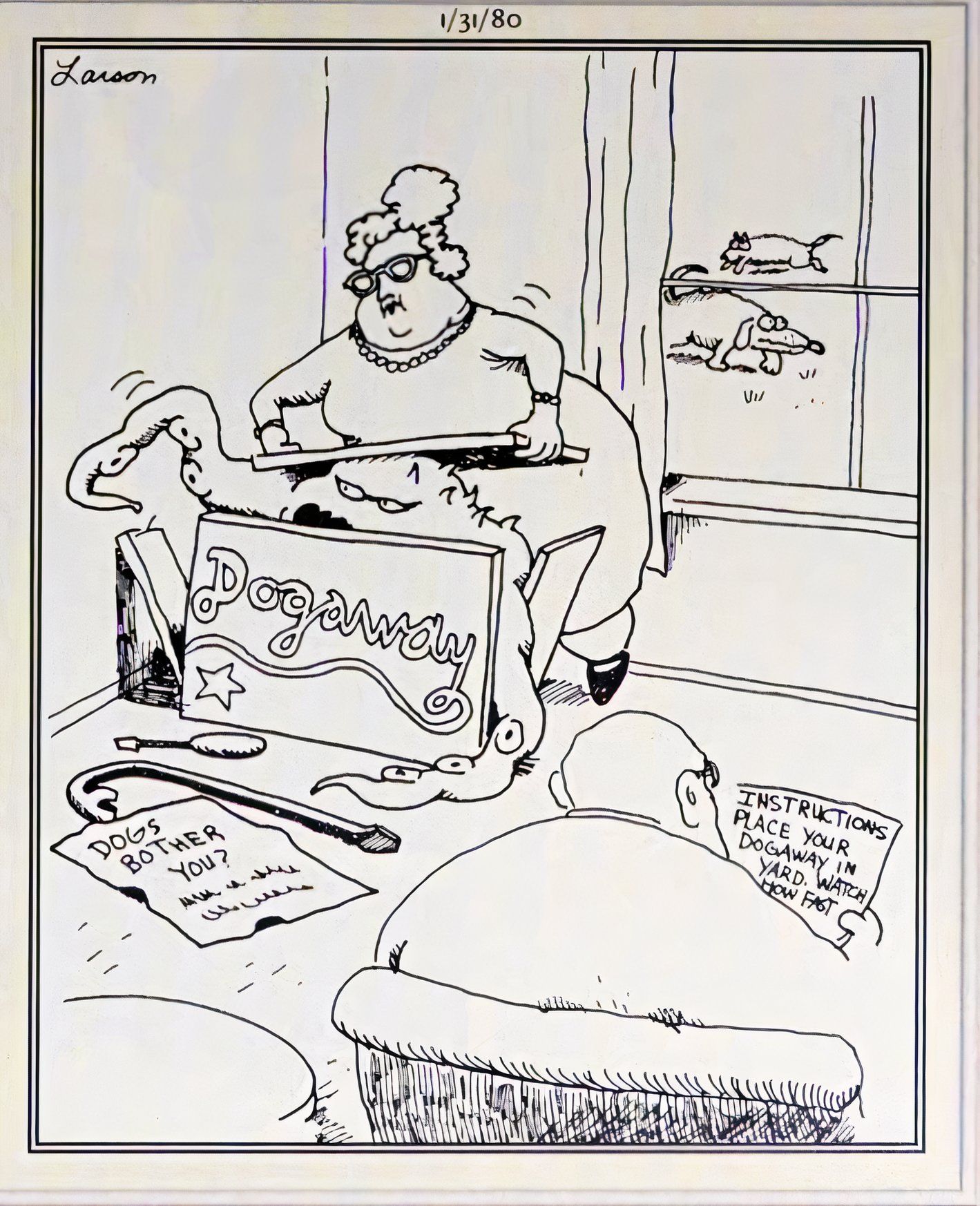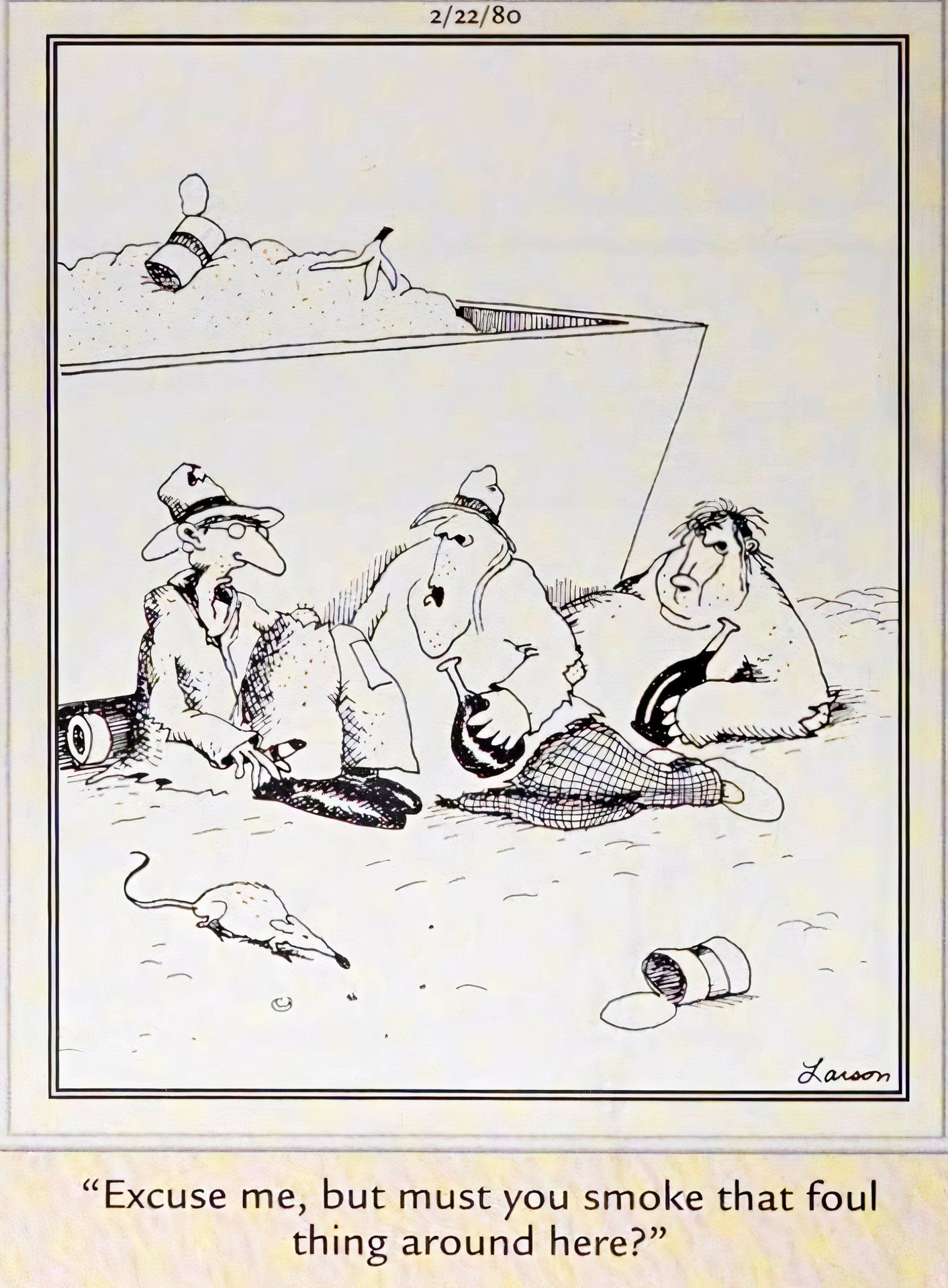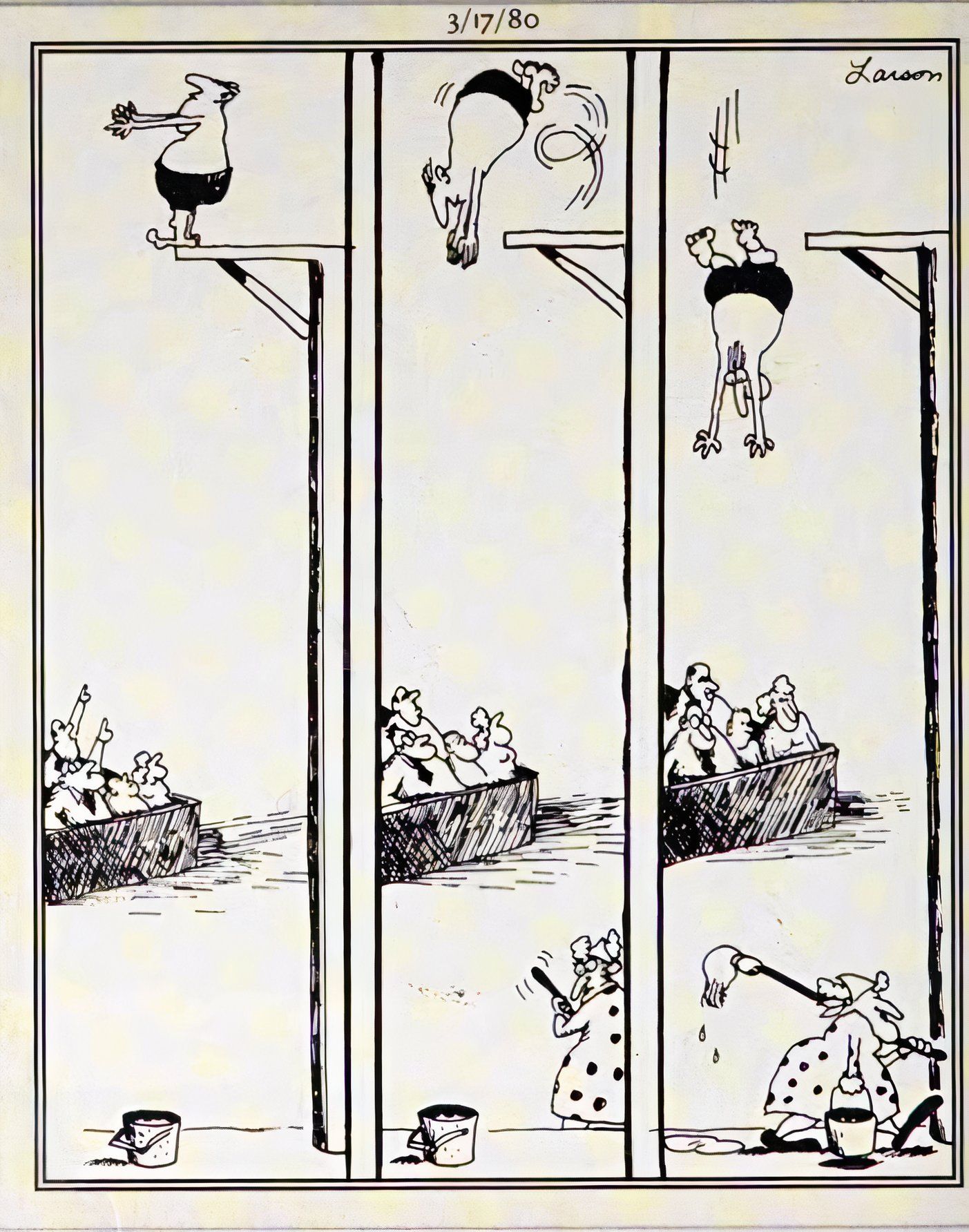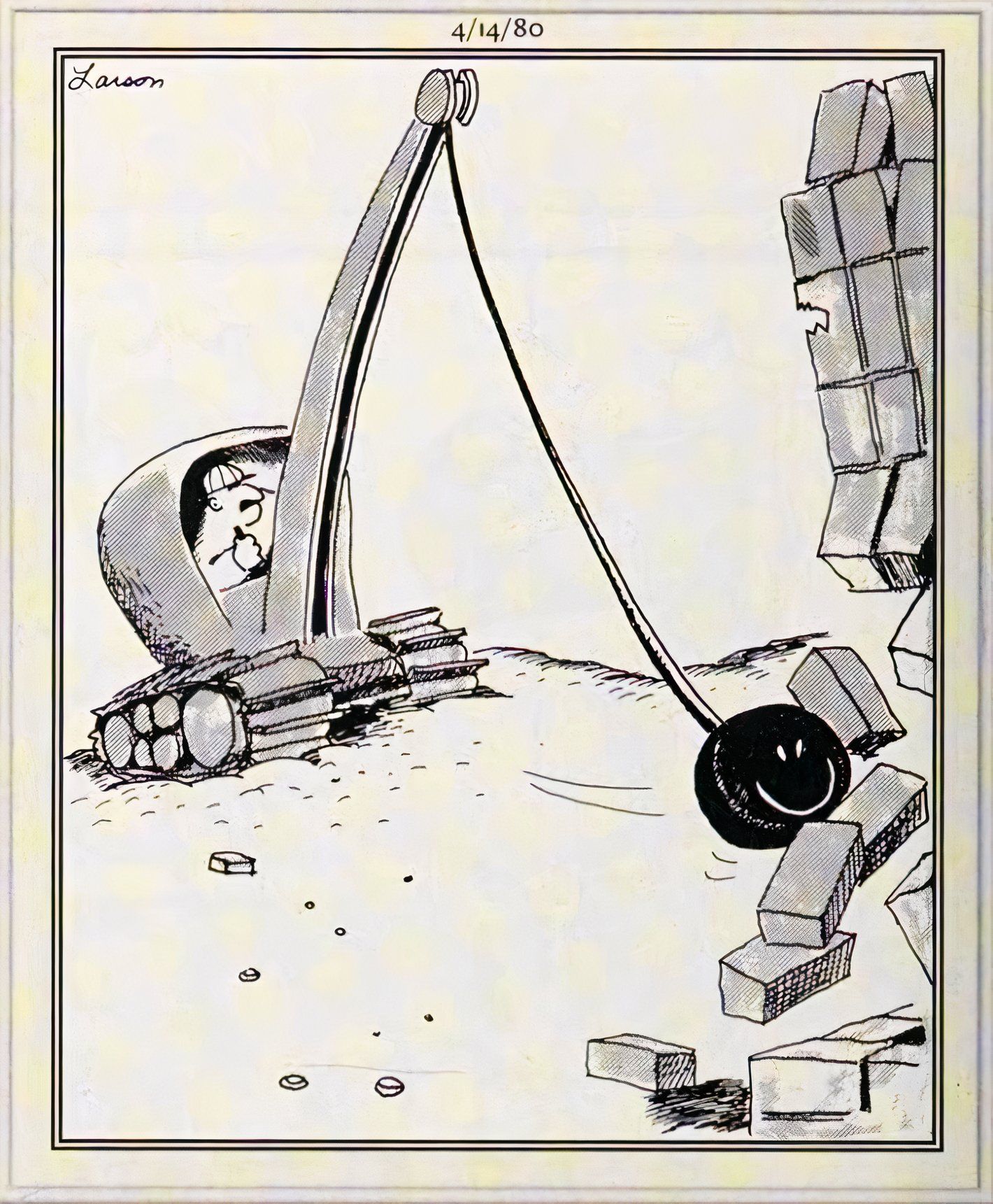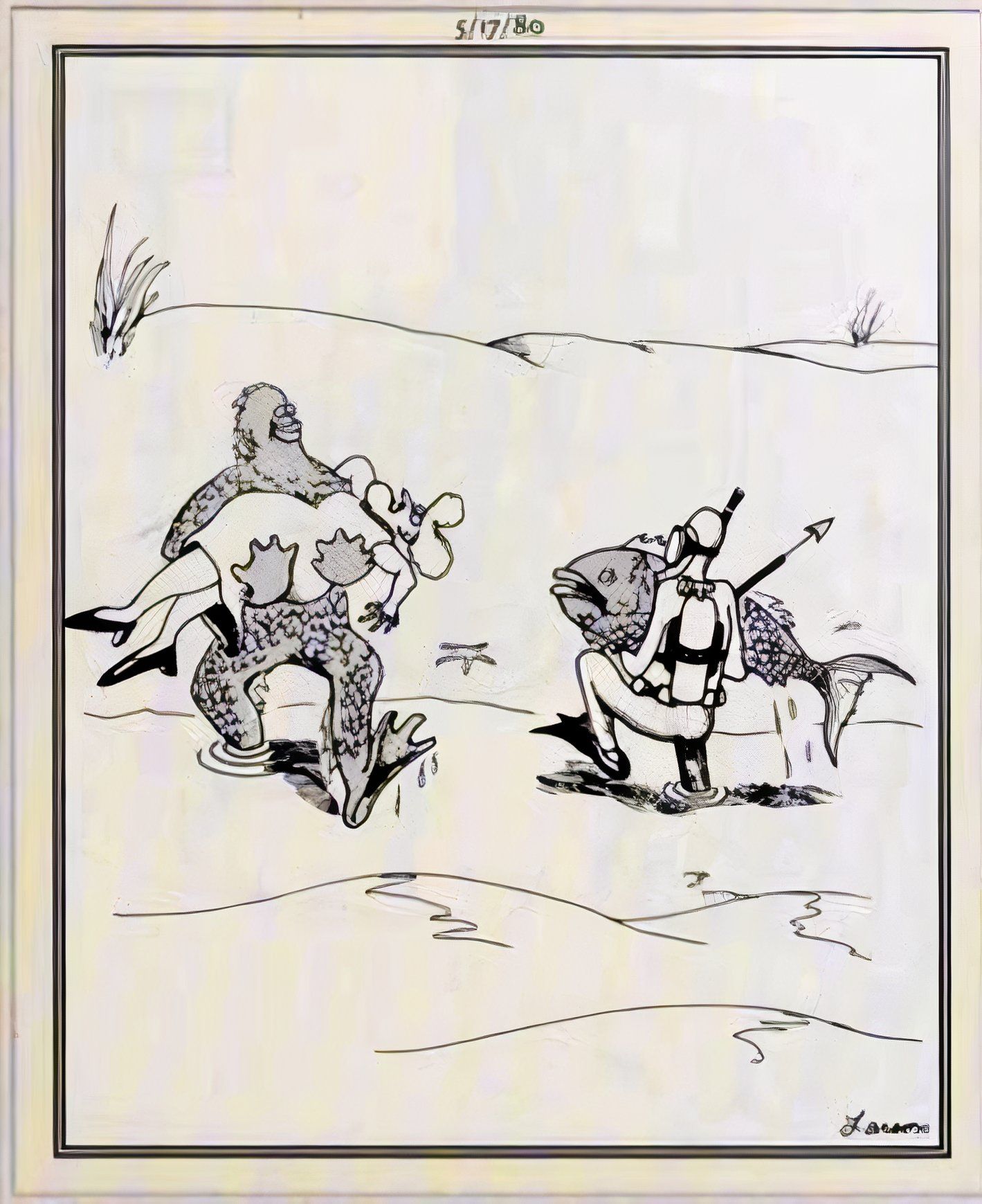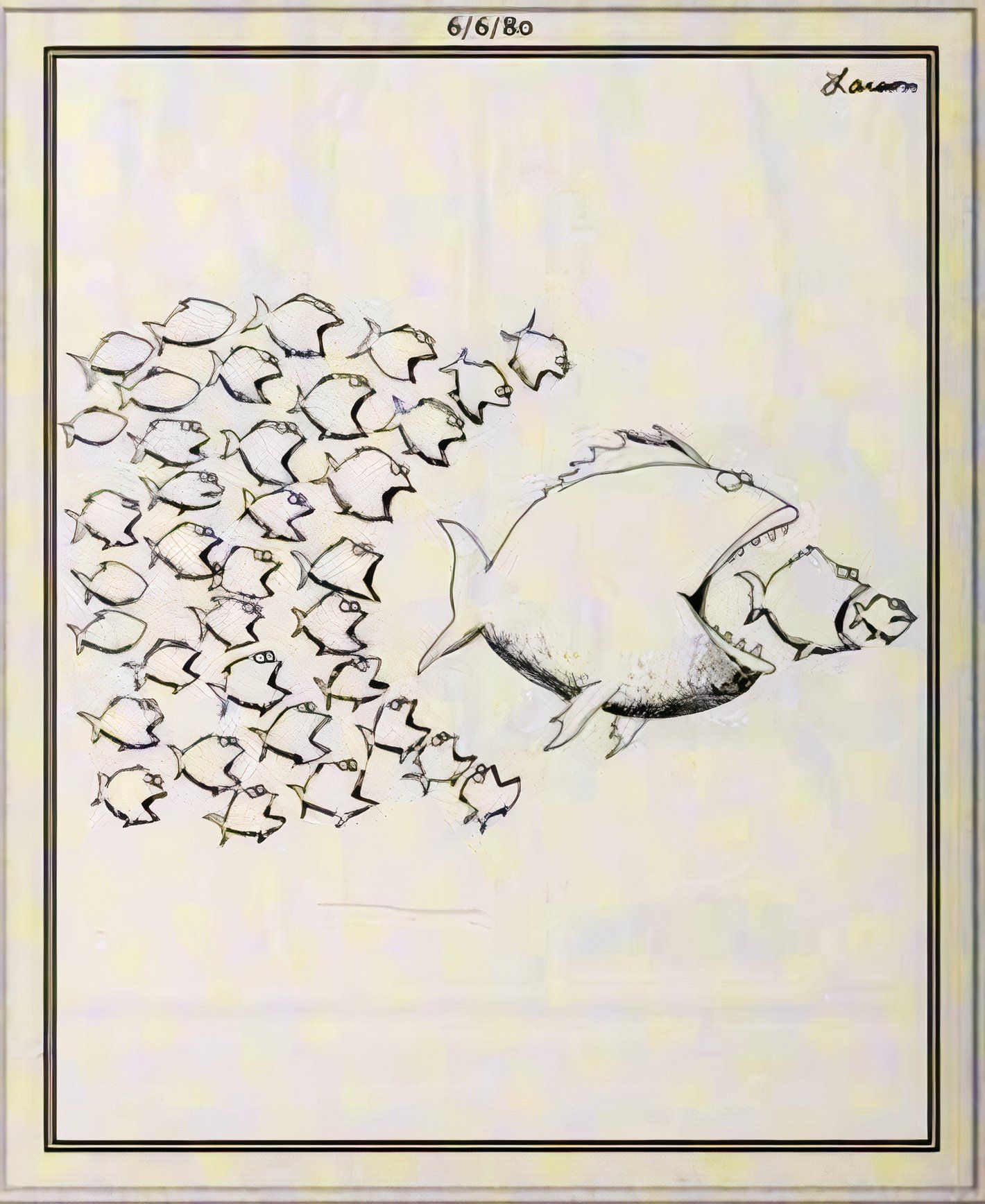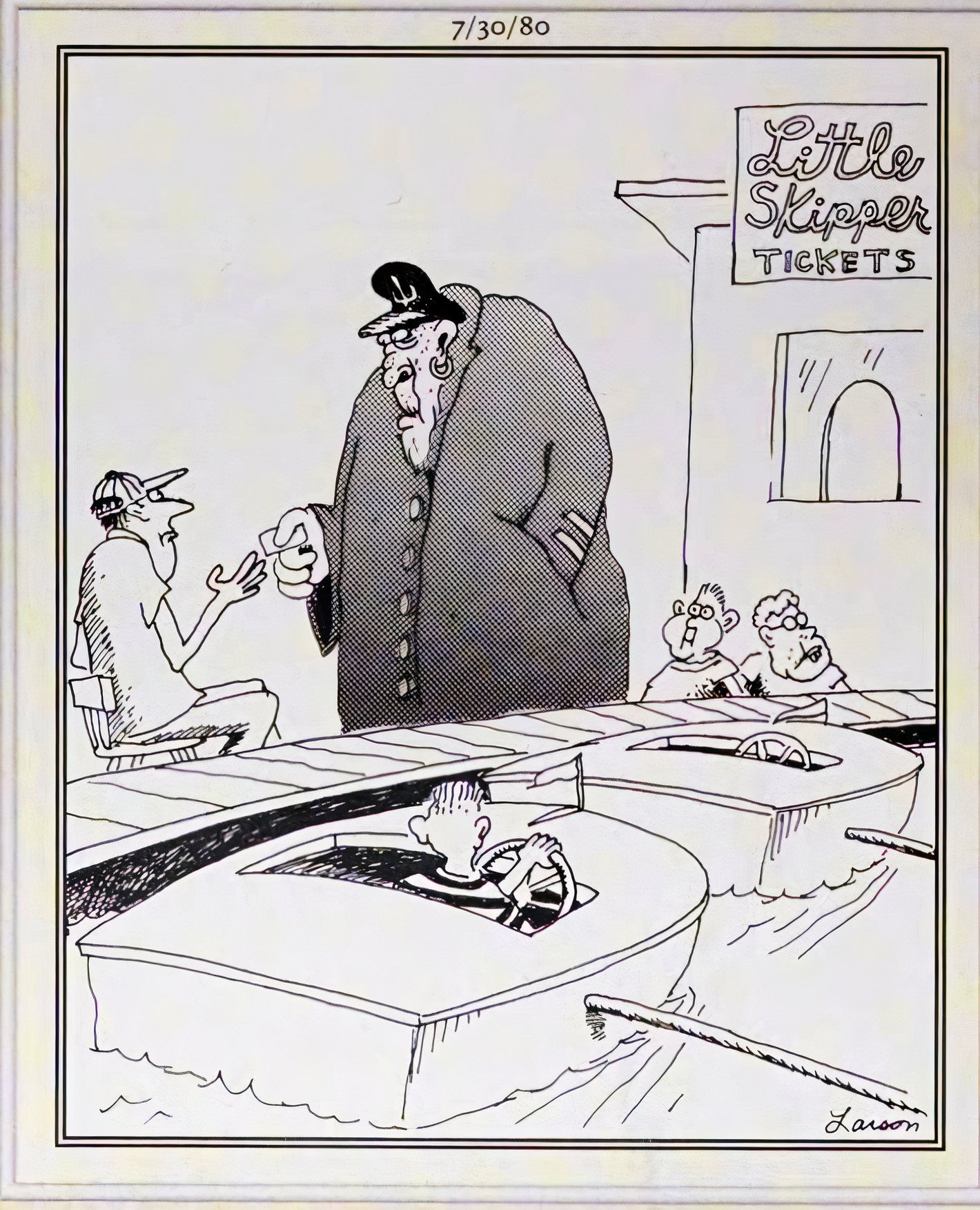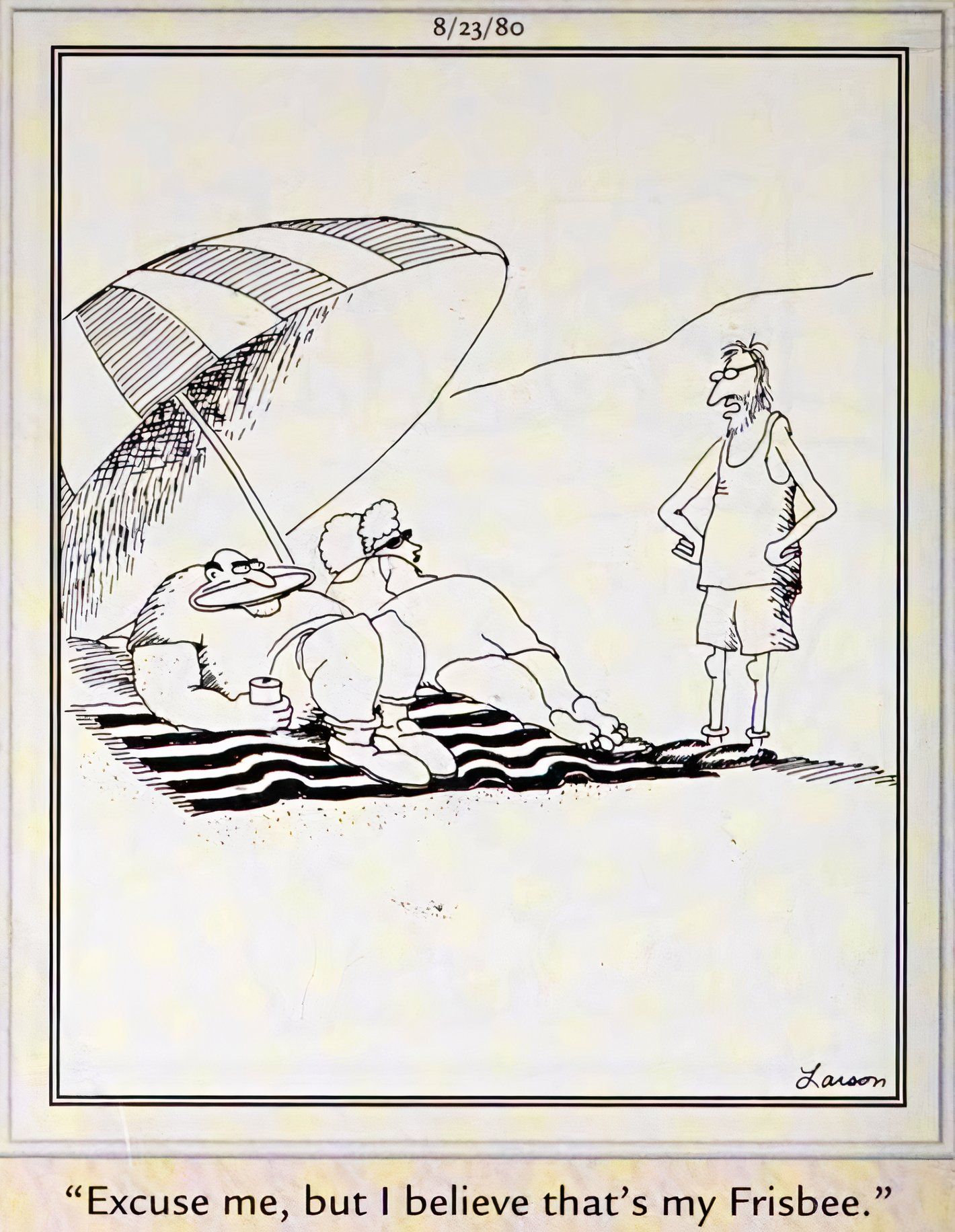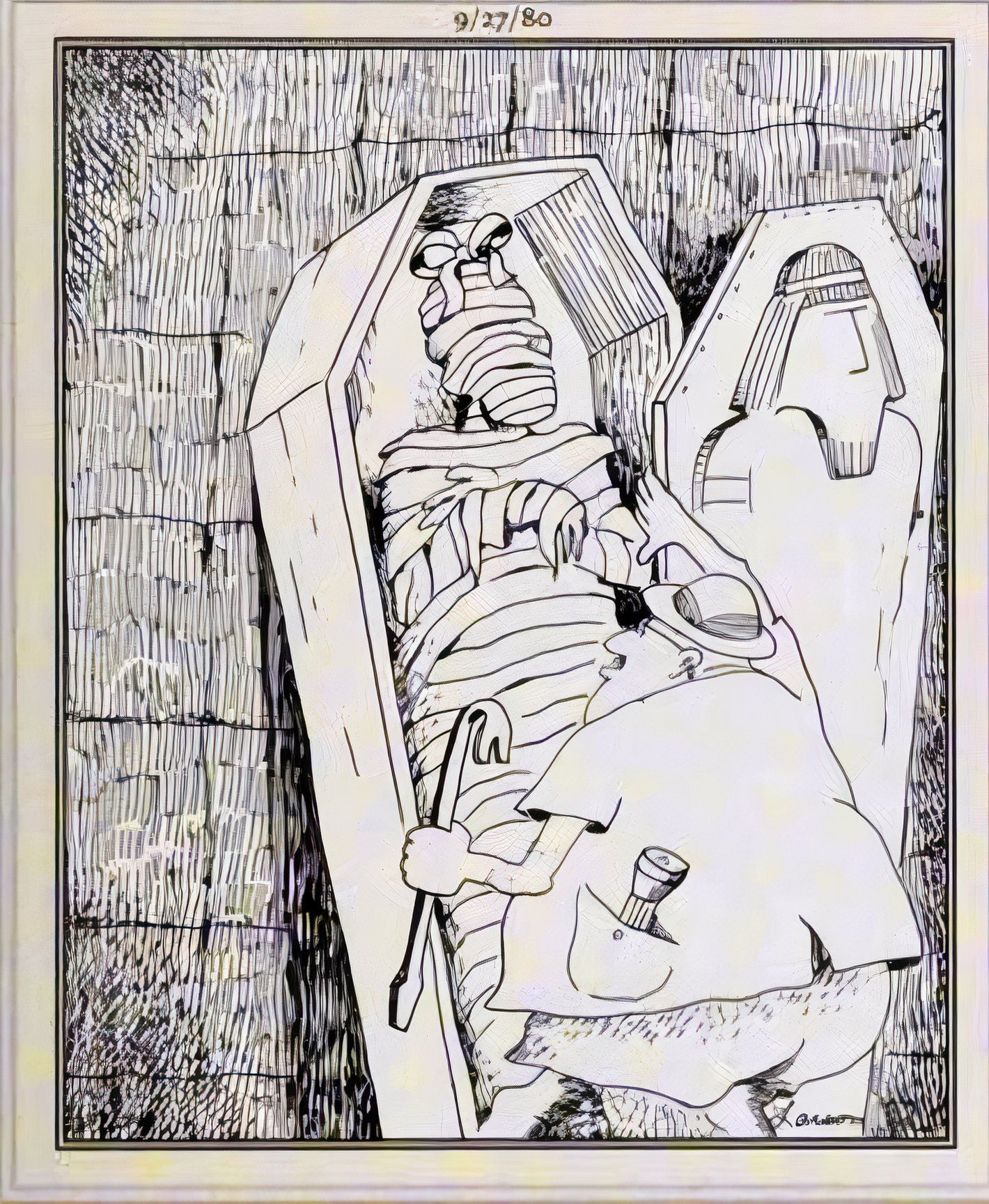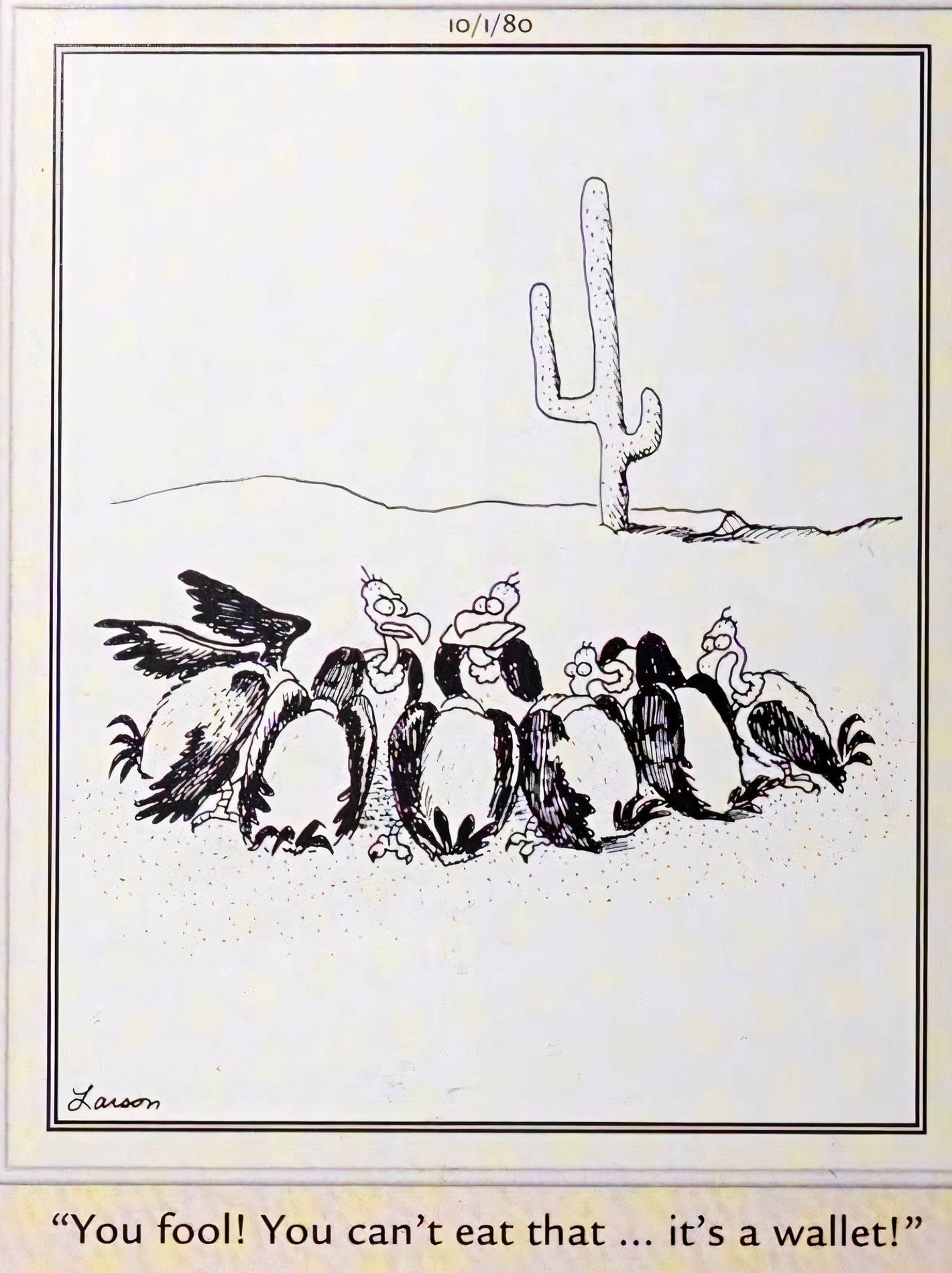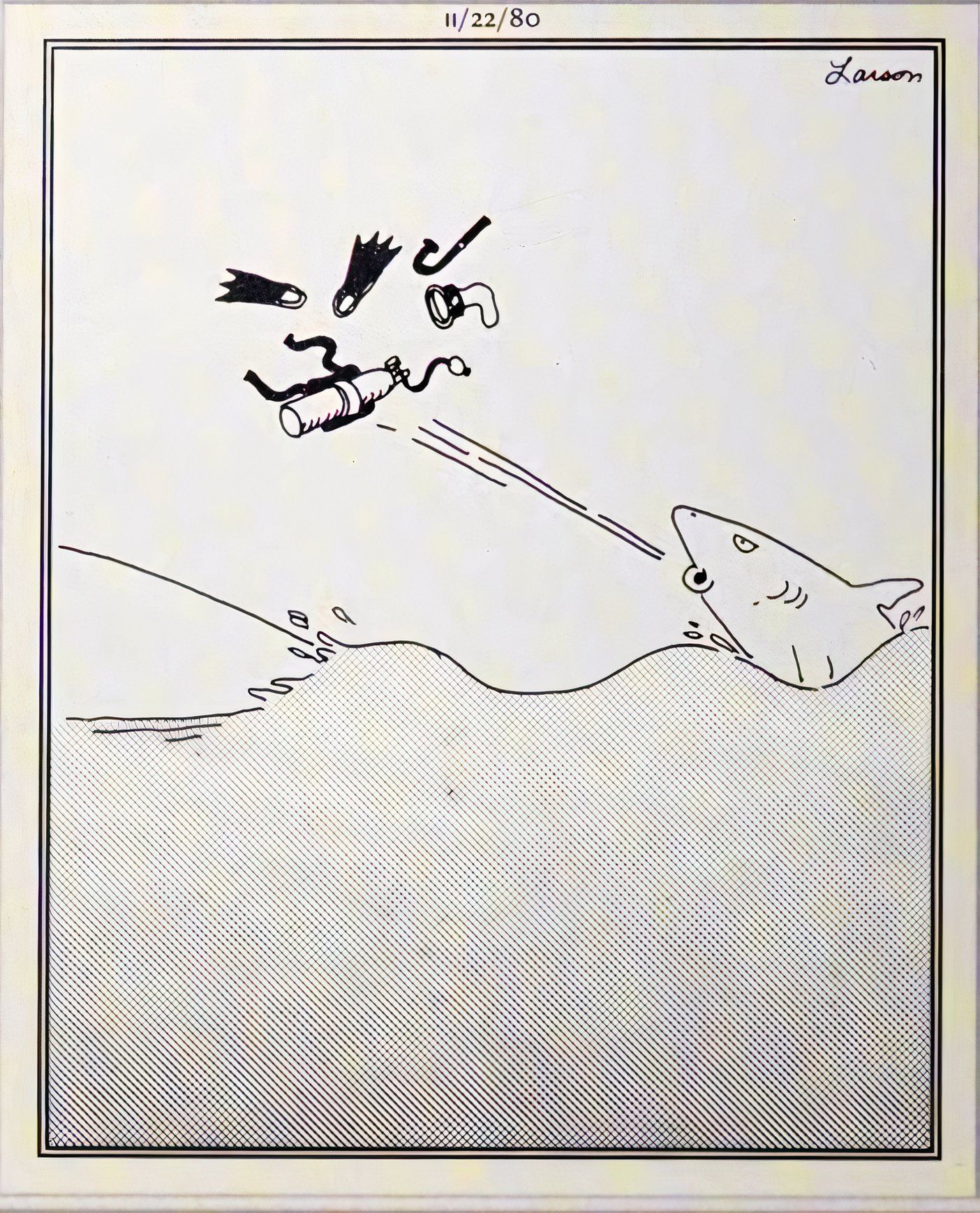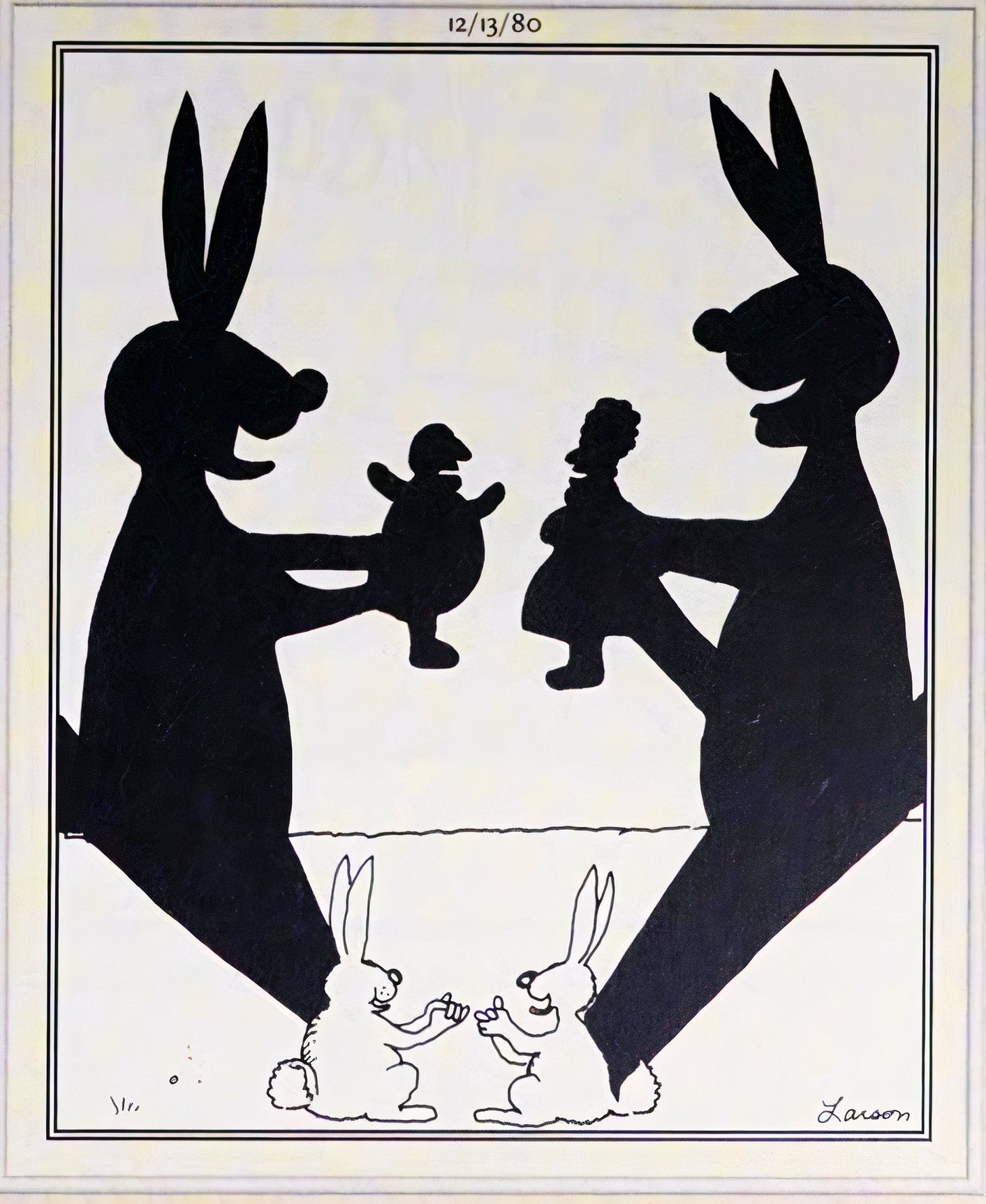Summary
- With his iconic newspaper comic
The Far Side
, artist Gary Larson aimed to provoke reactions from his reader; more than eliciting just laughter, his cartoons were designed to leave readers puzzled, or shocked, or asking ”
What-the?
” at times. - Larson’s humor in
The Far Side
has often been described as “esoteric,” in the sense that many of his comics left readers searching for meaning that even he admitted wasn’t there. -
The Far Side’s
eccentric humor had a knack for subverting expectations, making the strange feel ordinary and the ordinary feel strange. Just as often as this was the result of an outright hilarious punchline, it could also stem from comics that caused readers to ask: ”
What-the?
”
According to creator Gary Larson, his infamous newspaper comic The Far Side was designed to get a reaction out of the reader – even if the response wasn’t always necessarily laughter. At times, The Far Side’s humor shocked readers, while in many cases, it left them puzzled, unsure what to make of that day’s panel. For Larson, as long as he got some kind of response, his cartoon had been successful.
The Far Side was intended to test readers’ “What-the?” reflex, as much as it was meant to make them laugh. This was evident from the inception of the comic, and over the years, many of its daily installments left readers confused, searching for meaning that Gary Larson admitted wasn’t there.
These twelve examples, taken from the first year of The Far Side, emphasize the comic’s tendency toward the inscrutable. In some, the esoteric humor of the panel might emerge upon closer examination, while others remain as open to interpretation nearly forty-five years later as when they first ran in syndication.
Related
Far Side Creator Gary Larson On the 1 Question He WISHED Readers Would Have Asked
In “The Complete Far Side,” Gary Larson discussed the questions readers asked him all too often – and the one he never got asked, but wished he did.
12 “Dogaway” Helped Readers Acclimate To The Weirdness Of The Far Side
First Published: January 31, 1980
Published just a month into The Far Side’s run, this panel contains several elements Gary Larson would regularly return to over the years. In addition to featuring canines, the quixotic “Dogaway” panel is an early example of Larson’s fascination with monsters. Moreover, it was a clear portent of the absurdist principles the cartoon’s humor would often operate under.
With several dogs running wild in their yard, a husband and wife open a “Dogaway” box –which contains a strange, tentacled monster, which they will apparently set loose outside to take care of their dog problem. According to the instructions being read by the husband, the “Dogaway” monster will “grow fast” – though it is unstated what it does once the dogs are done away with. With a set-up akin to a classic horror film, this Far Side panel might evoke laughter, but only after raised eyebrows and an incredulous double-take.
11 This Panel Signified Gary Larson’s Disposition Toward Bold Artistic Decisions
First Published: February 22, 1980
The joke here is straightforward enough: two men consuming dangerous substances harshly judge another man for smoking a cigar. What is unusual – and patently The Far Side – is the bizarre way in which Gary Larson artistically renders the characters in this panel. Though the reason for this creative choice can be inferred from the comic, Larson was interested in readers’ initial reaction; in this case, that reaction is undoubtedly “What-the?”
While the cigar-smoker is drawn with normal, if cartoonish, human features, the other two men – sitting up against a dumpster with what appear to be beakers full of some unknown liquid in their hands – are significantly distorted. The humor, of course, comes from the fact that whatever they are consuming is far more “foul” than tobacco, but that they nevertheless stigmatize the smoker in their midst – but so much of the comic remains otherwise shrouded in mystery.
10 Reading The Far Side Was Always A Matter Of Perspective
First Published: March 17, 1980
The Far Side was most often comprised of a single panel; this entry represents one of Gary Larson’s few attempts at playing with the more traditional “strip” format, depicting a sequence of moments. In this case, a crowd watches as man prepares to make an improbable dive into a tiny bucket of water – only to have a woman with a mop move the bucket just as he springs off the diving board.
The slapstick absurdism of this Far Side comic relies on raising questions in the reader’s mind – questions to which there are likely no answers. By design, readers will contribute their own different explanations for why the man might be diving into the bucket, how his seeming trick-dive into the bucket would work, or why that woman was mopping at that exact moment.
9 Gary Larson Had A Knack For Making The Familiar Feel Uncertain
First Published: April 14, 1980
This is an example of a Far Side panel that seems to lack a punchline – an indicator that laughter wasn’t the only thing Gary Larson wanted to evoke from his reader. The collusion of elements presented here seems to have a more traditional artistic goal than many of Larson’s cartoons – meaning, it seems to be inviting an open-ended emotional reaction from the reader.
That is, Larson might have been seeking a reaction from his audience, but any reaction would suffice. Whether the idea of the wrecking ball with a smiley face on it knocking down a building elicited unexpected joy, or rage, or sorrow, as long as it stood out to the reader, its creator was satisfied. In this way, Gary Larson expressed his ability to take the familiar, and make something unexpected out of it, which he would use to great effect throughout The Far Side’s run.
8 The Far Side Subverted Readers’ Expectations By Making The Strange Ordinary
First Published: May 17, 1980
Sometimes readers’ “What-the?” reflex was activated by a Far Side panel because it was confusing. Just as often, however, readers got the joke immediately, and the only possible response was “What-the?” That is the case here, where the visual mirroring in the panel – a fish creature carrying a human woman out of a swamp, as a human diver carries a fish into the swap – is the extent of the joke, leaving the audience to question, “why?”
Even those who find this panel amusing will find that amusement is secondary to the curiosity of how Gary Larson arrived at the joke. Larson was never comfortable being asked where he got his ideas – as he was always the first to admit he didn’t know – but ironically, so much of his work invited the question in a way that not all art does.
7 The Far Side Interpretation Of The Circle Of Life
First Published: June 6, 1980
The Far Side is often described as “esoteric,” and as such, it isn’t wrong for readers to feel the urge to question the deeper meaning of some of its panels – even if Gary Larson readily dispelled the notion that there was any such thing. Especially with his cartoons that ran without any caption, Larson’s drawings often felt as if they held some kind of insight, if only it could be deciphered.
That is the case with this cartoon, which depicts a small fish about to be consumed by a larger fish, which is in turn about to be consumed by a larger fish – which itself is being chased by a school of much smaller fish. Here, Larson barely tweaks the adage that “there’s always a bigger fish,” but it is enough to feel profound, even if the artist would say it is anything but.
6 This Far Side Comic’s Grizzled Sailor Has A Story To Tell
First Published: July 30, 1980
Once again, the simplicity of the joke here – a hulking old sailor paying to ride the “Little Skipper” waterpark boat ride alongside a group of children – might lead readers to expect some more elaborate meaning lurking beneath the surface of this comic. Though that might not be the case, it is possible there is more to the tale of the sailor than made it into the panel.
According to Gary Larson, some Far Side panels began as short stories, which he then “adapted” into cartoons. In this sense, while Larson’s work wasn’t intended to communicate a message, or convey subtext, readers were not always wrong to pick up on the fact that there were often layers to a panel. When encountering these types of Far Side comics, the result was naturally often “What-the?”
5 The Far Side Was Experimental Art In The Form Of A Newspaper Cartoon
First Published: August 23, 1980
The Far Side frequently featured scientists, but more crucially, whatever the cartoon’s day-to-day subject matter was, it stemmed in part from Gary Larson’s scientific curiosity. The Far Side was regularly experimental – in the sense that its weirder and wilder jokes were wild swings, ones that were not always guaranteed to pan out.
This is an example of a Far Side panel that could be considered a “failure.” Though given the subjectivity of humor, it surely garnered some share of laughs among the comic’s audience, the most positive reaction it could provoke would be a resounding “What-the?” As Gary Larson described it, this was more favorable than the dreaded non-reaction; the worst fate that could befall this Far Side cartoon would be for it to elicit no response at all, and to be altogether forgotten.
4 The Far Side Depicted Its Share Of Unexpected Discoveries
First Published: September 27, 1980
Far Side cartoons could at times be jarring, or achingly obvious; frequently, however, their humor was oblique. At times, it was subtle to the point of obscurity; or, as Gary Larson might put it, at the risk of receiving a non-reaction from readers. This is one such example: a panel in which an Egyptologist cracks open a sarcophagus to discover a mummy with its bandages tied in a bow at the top of its head.
This is a “What-the?” panel in the sense that it was not crafted to deliver a laugh-out-loud punchline to the reader. Instead, it slyly plays on the reader’s expectations, tweaking the general popular conception of a mummy as scary, or sacred, just enough that readers will invariably wonder what else there is to the joke – the answer being “nothing,” as it turns out.
3 The Far Side’s Vulture Comics Always Walked The Fine Line Between Dark & Silly
First Published: October 1, 1980
“You fool,” one vulture admonishes another in this Far Side panel. “You can’t eat that…it’s a wallet!” Vultures, buzzards, and other assorted birds of prey appeared often in The Far Side, and the sight of a crowd of them feasting on a human body was a recurring motif. Overall, Gary Larson’s use of carrion-eating birds offers one of the best examples of the push-and-pull between the macabre and the goofy in his humor.
Here, the reader might respond with “What-the?” to this panel for no other reason that it is curious why Gary Larson might find this funny – or rather, that he thought a wide audience might consider it amusing. For those readers The Far Side had already endeared itself to at this point in its first year, the panel might elicit a smile, while those who found it offensive would have another example to complain about.
2 Scuba Divers Rarely Fared Well In The Seas Of The Far Side
First Published: November 22, 1980
Sharks were another common recurring Far Side element; this particular shark panel is likely to have readers asking “What-the?” because of the unique action of this comic. In Gary Larson’s world, a scuba diver meeting a gruesome fate, such as being devoured by a shark, was nothing unusual. In this case, the force with which the shark spits out the scuba gear here is essential to its success – whether it results in laughter, or total mystification.
Of course, The Far Side was anything but beholden to reality, but how and when it broke from the familiar, the expected, and the accurate were crucial to the function of even Larson’s weirdest panels. That is the case here, as the depiction of the shark, with a frustrated expression on its face, has to stir a response in the reader before they can reflect on it rationally.
1 The Far Side’s Humor Reflected Gary Larson’s Artistic Process
First Published: December 13, 1980
Once again, there is no outright punchline to this Far Side panel – rather, the humor arises from the striking visual, in which two rabbits cast shadows against a wall, making hand-puppets that look like humans. For Gary Larson as a creator, the essence of his process was to conjure an idea and then diligently work to articulate it on the page. Whether the ideas were simple, or complex, the true joy of The Far Side was the way it distilled something ephemeral.
While there might be no greater meaning to a panel like this, there is a significance. By provoking a response, even one such as “What-the?” Gary Larson’s Far Side achieved its artistic purpose. It entertained by offering a unique perspective, even if that perspective was obscure. In its first year in publication, The Far Side developed a reputation among readers for being as thought-provoking as it was hilarious, ensuring that its success would only continue to compound.
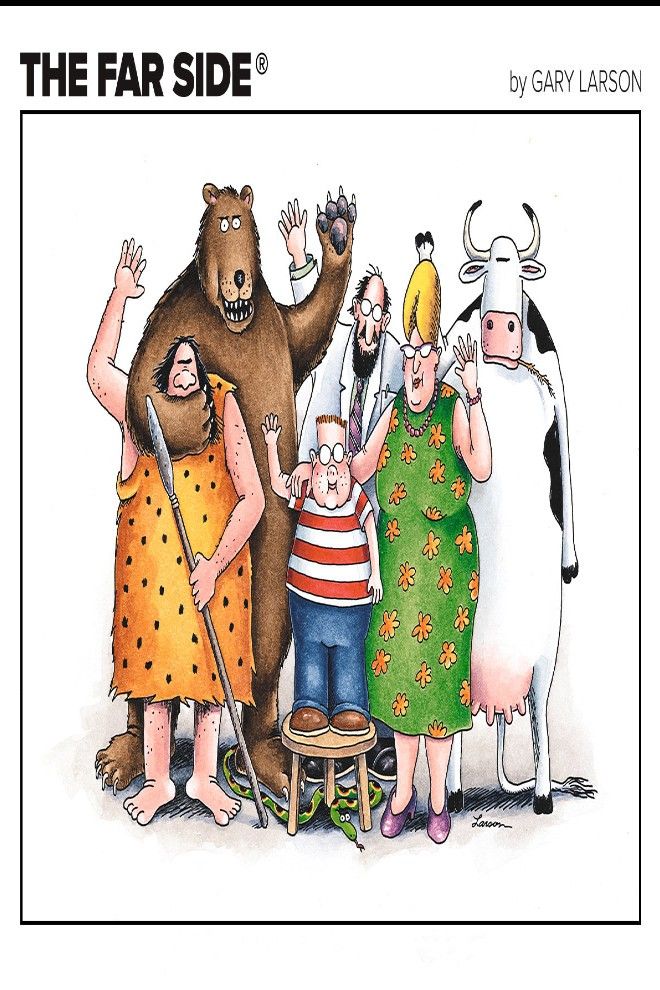
The Far Side
The Far Side is a humorous comic series developed by Gary Larson. The series has been in production since 1979 and features a wide array of comic collections, calendars, art, and other miscellaneous items.

